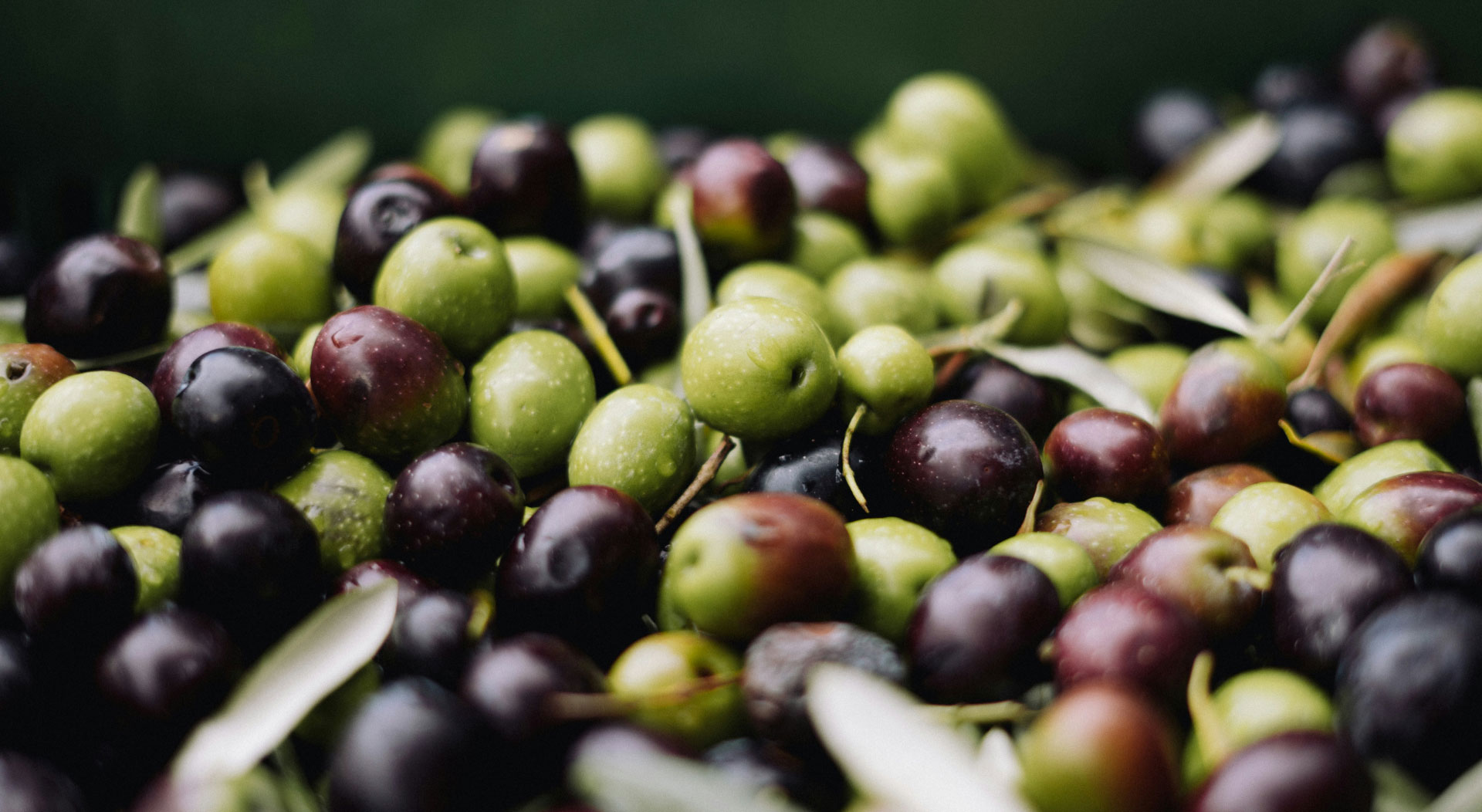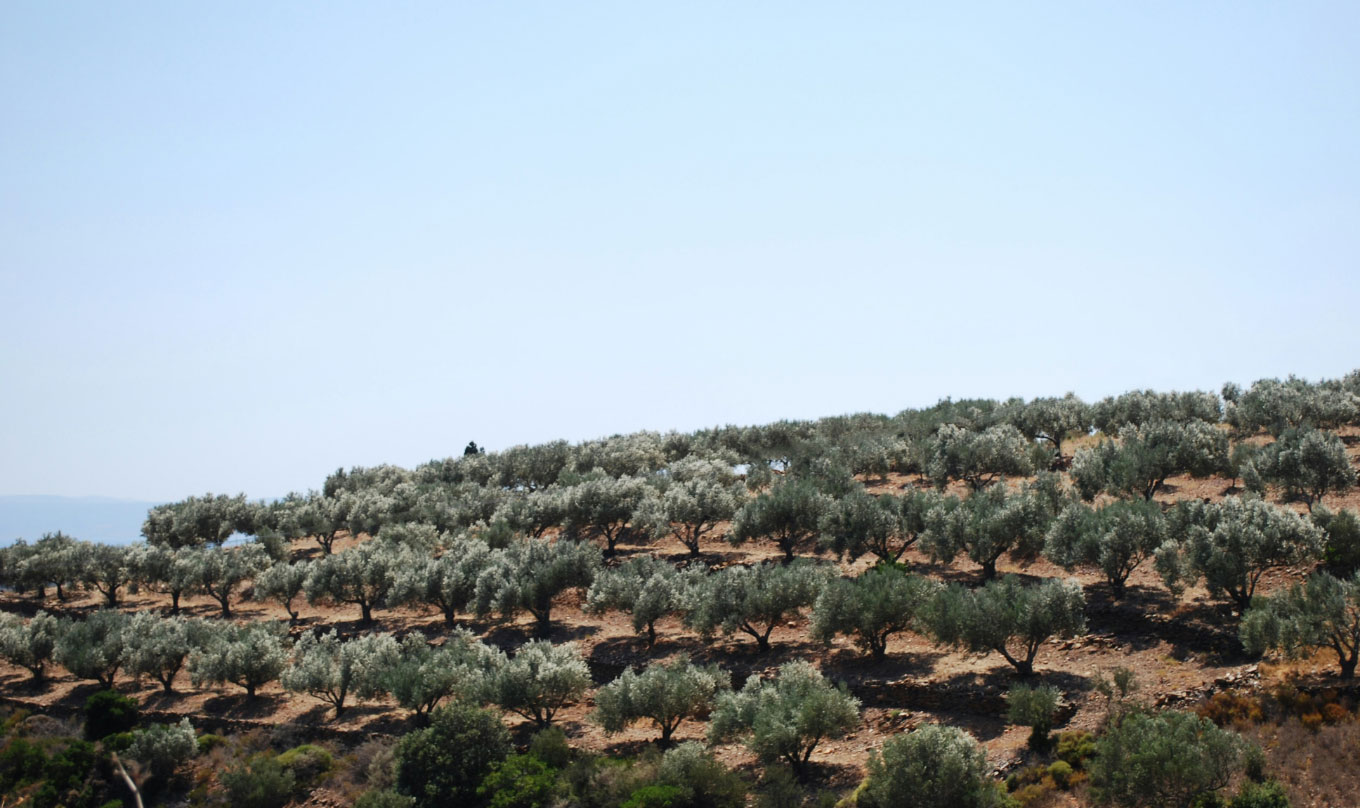 06.06.24
06.06.24
Olive Oil Categories
Explore the main categories of olive oil, defined by distinct production methods and chemical parameters, essential for assessing their quality and suitability in various uses.
read more
Frying food isn’t new — it’s been around forever. But did you know frying can actually be good for you? Recent studies show it can be, especially if you do it right.
Whether that fried meal feels like a happy hug for your stomach or a heavy brick depends on:
What kind of oil you use
The oil temperature
How you fry it
Good news: frying with olive oil? Totally safe — even for people with stomach or liver issues. Studies undertaken on healthy subjects and patients with gastroduodenal problems (gastritis, ulcer, liver and biliary complaints) have shown that there is no relationship between food fried in olive oil and these illnesses.
It handles heat wonderful! Olive oil’s smoke point is about 195ºC, which is hotter than the ideal frying temperature of 180ºC. That means it won’t break down into bad stuff as easily as corn oil or butter.
Keeps nutrients intact. Thanks to its antioxidants and oleic acid, olive oil stays healthy even when heated — as long as you don’t overheat it.
Reuse it wisely. You can reuse olive oil 4-5 times without it losing digestibility or going toxic. Just don’t mix it with other oils, and strain after use!
Always heat the oil before tossing in your food. Cold olive oil will result in a soggy, oily mess.
When deep frying, don’t be stingy with the oil! Use enough to cook evenly, otherwise you’ll end up with burnt bottoms and raw tops.
Olive oil creates a crispy crust that locks in flavor and reduces fat absorption — so fried food actually has less fat than when fried in other oils.
Cut potatoes into the same size and shape (consistency is key!).
Soak them in cold water for 30 mins, then dry thoroughly.
Heat extra virgin olive oil in a pan, enough to cover just below the middle. Add potatoes in a single layer without crowding. Turn down the heat a bit and fry till golden perfection.
Lay a bed of myrtle, lemon, rosemary, or your favourite herbs on a plate, then transfer the potatoes on top using a kitchen skimmer. Don’t use paper!
Sprinkle with fleur de sel or your favorite sea salt — let it melt into the crispy goodness.
Dig in and enjoy!
 06.06.24
06.06.24
Explore the main categories of olive oil, defined by distinct production methods and chemical parameters, essential for assessing their quality and suitability in various uses.
read more 04.06.24
04.06.24
Learn how to choose the best olive oil with tips on category, extraction methods, origin, and storage practices to preserve its quality and flavor.
read more